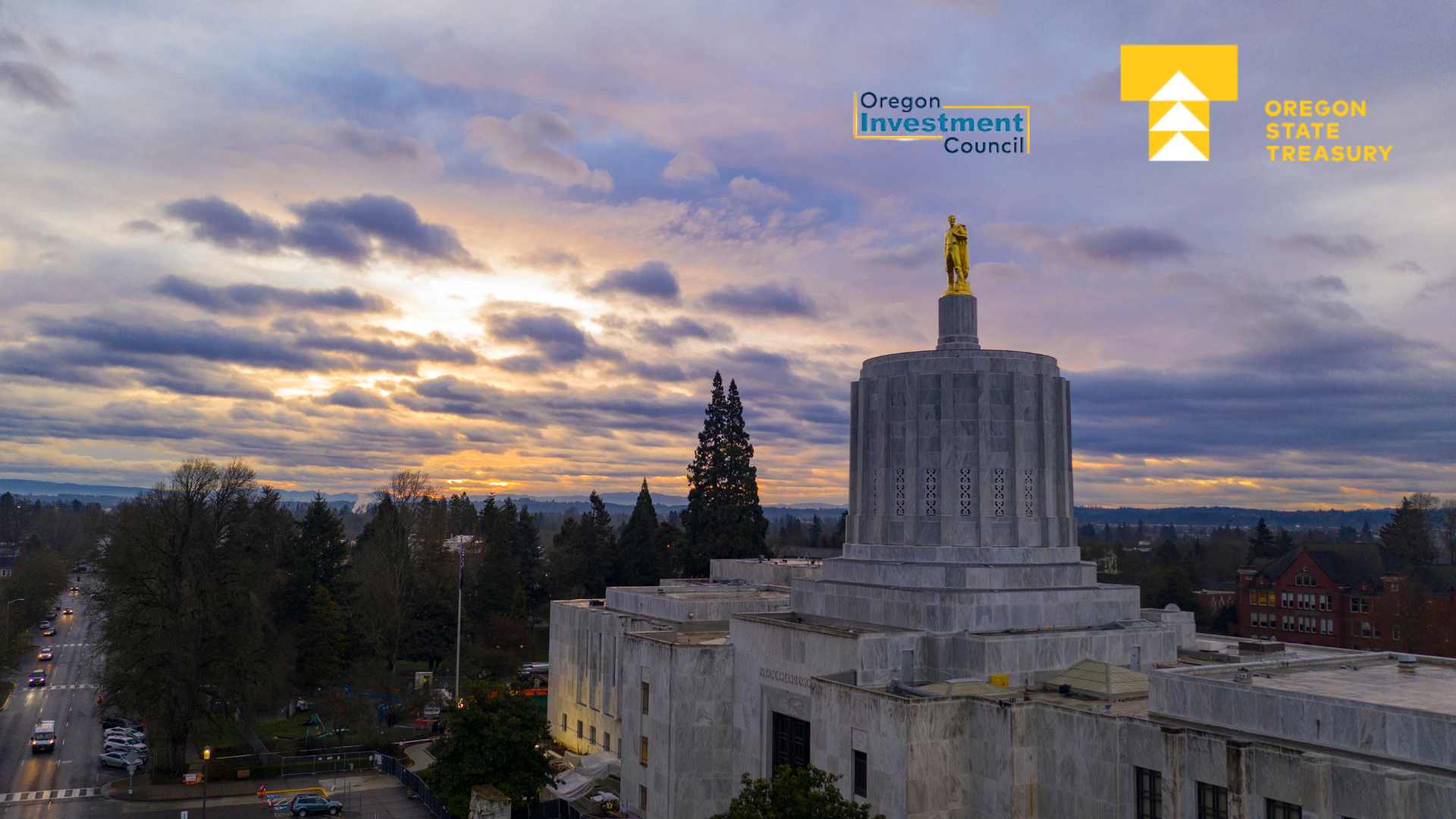
PESP reaction to Oregon Treasury’s proposed Net Zero plan
February 6, 2024
As the human and economic costs of climate change accelerate, Oregon Treasurer Tobias Read’s Net Zero plan is a crucial step toward setting Oregon’s pension system in line with the pathway to 1.5 degrees. PESP commends the Treasurer for his leadership and appreciate the diligent work of his staff in developing a solution-driven approach for a Net Zero policy to address climate risks in the OPERF portfolio.
The Treasury’s plan to set interim emissions reduction targets toward Net Zero 2050 is key. The goal to cut emissions intensity by 60% by 2035 is reasonable, but PESP recommends you seek to accelerate that timeline. As a watchdog organization that focuses on private market asset managers, PESP is particularly interested in how these objectives will ensure laggard private equity and real assets managers rapidly cut emissions and transition away from the risks of fossil fuels.
The Treasury has shown leadership by measuring baseline emissions across OPERF’s asset classes, and PESP commends the inclusion of private markets. Notably, Real Assets and Private Equity made up 46% of OPERF’s emissions as of the end of 2022 while they represented 35% of OPERF’s assets. The private funds industry has made insufficient progress in the energy transition, including major OIC investment managers like Blackstone, Brookfield, KKR,[i] as well as firms like NGP Energy Partners, Global Infrastructure Partners and EnCap.[ii]
Private equity and infrastructure firms hold billions in polluting fossil fuel assets – including coal and gas power plants, pipelines, fracking and drilling operators. They are investing to expand fossil fuel infrastructure including new drilling permits, pipelines and LNG terminals[iii] – even as the International Energy Agency has called for no expansion of supply and predicts that demand for oil, gas & coal will peak before 2030.[iv]
Key initiatives in the plan:
- The Treasury’s plan acknowledges that the largest portion of your financed emissions – estimated at 9.5% – comes from natural gas and oil extraction, most of which is within Real Assets. Real Assets also represents the highest emissions intensity of the portfolio. To address that, the plan takes the sensible step of excluding new commitments to fossil fuel focused private funds.
- The analysis is science-based and includes emissions intensity paired with absolute emissions metrics.
- The plan rightly calls for encouraging managers to set Net Zero targets and using your leverage as a $97 billion investor to push for credible transition plans from private market investments.
- It calls for aligning manager and fund selection with climate goals through due diligence & data.
- The proposal calls for regular monitoring and tracking progress, with a focus on the most carbon intensive activities. Transparency is a central piece of a credible portfolio transition.
- The plan establishes an engagement process with program participants through a new Beneficiary Advisory Committee.
Each of these initiatives are prudent steps to position the fund to mitigate the climate risks in its portfolio.
To achieve the plan’s goals, Treasury, the Council and staff must have clear guidance for private markets managers to set expectations, and consequences if they fail to achieve meaningful progress to transitioning their portfolios to align with 1.5 degrees. PESP urges the Council to adopt additional interim benchmarks for emissions reductions leading up to 2035 to ensure progress stays on track, as well as building an implementation program that ensures manager accountability, and regular reporting by asset class of progress toward goals.
In the immediate future, Treasurer Read’s plan should embolden OIC to engage with the private equity firm Global Infrastructure Partners (GIP) on halting its damaging South Texas project, the Rio Grande LNG terminal. GIP has a substantial $3.5 billion investment in Rio Grande LNG, making the firm the largest investor with a minimum 46% ownership stake in the project. Unfortunately, OIC is currently exposed to the financial, social, and ecological risks of the Rio Grande LNG terminal. Last year, OIC invested $350 million into Global Infrastructure Partners’ Fund V, the GIP fund invested in Rio Grande LNG. OIC’s significant investment in GIP and Rio Grande is a great, first case study to use elements of this new Net Zero plan to show Oregon’s commitment to net-zero goals.
PESP encourages the OIC and investment staff to implement this proposal to mitigate their portfolio’s climate risk and to help to avert the most catastrophic impacts of climate change on the economy and communities.
[i] https://www.oregon.gov/treasury/invested-for-oregon/Documents/Invested-for-OR-Performance-and-Holdings/2023/OPERF-Private-Equity-Portfolio-Quarter-2-2023.pdf
[ii] https://www.oregon.gov/treasury/invested-for-oregon/Documents/Invested-for-OR-Performance-and-Holdings/2023/OPERF-Alternatives-Portfolio-Quarter-2-2023.pdf
[iii]https://www.hcn.org/articles/energy-industry-private-equity-gets-into-oil-and-gas; https://insideclimatenews.org/news/08092023/private-equity-giant-kkr-is-funding-environmental-racism-new-report-finds/; https://pestakeholder.org/news/private-equity-firms-double-down-on-new-dirty-lng-investments/
[iv] https://www.iea.org/reports/world-energy-outlook-2023/executive-summary and https://www.iea.org/reports/net-zero-roadmap-a-global-pathway-to-keep-the-15-0c-goal-in-reach/executive-summary
